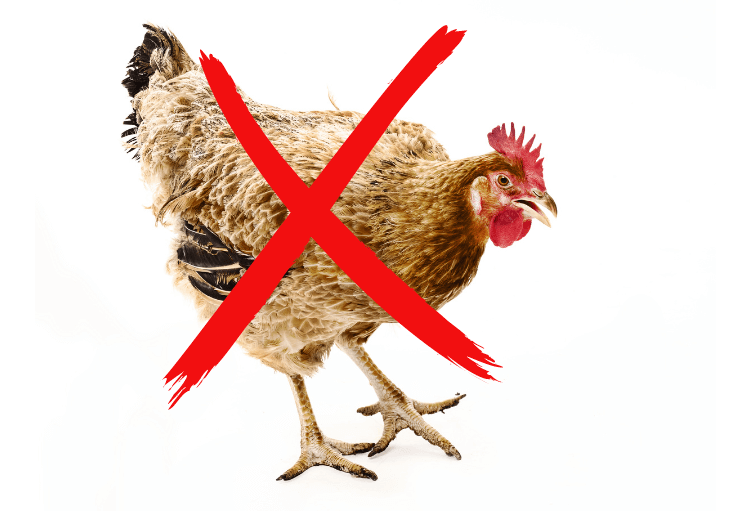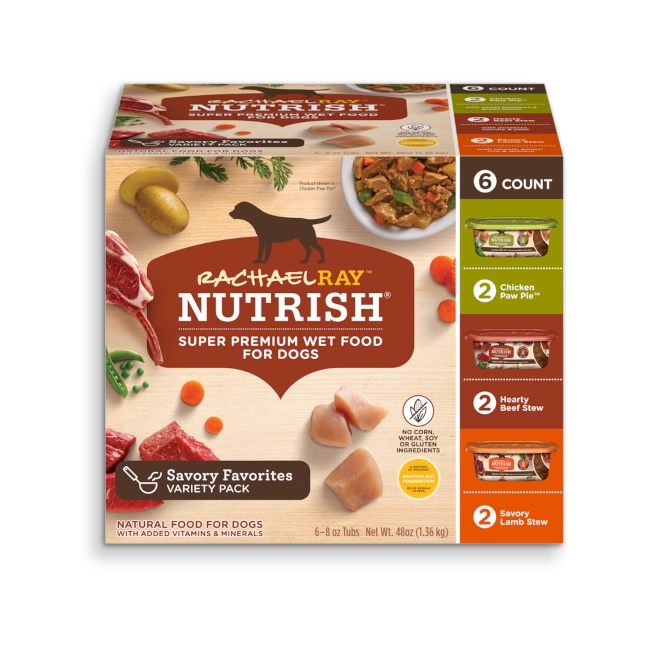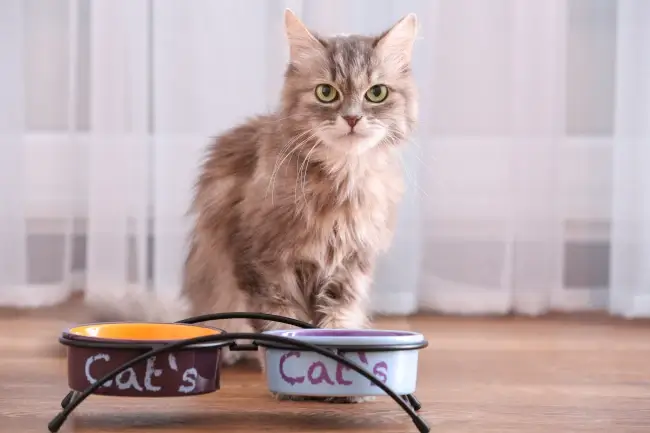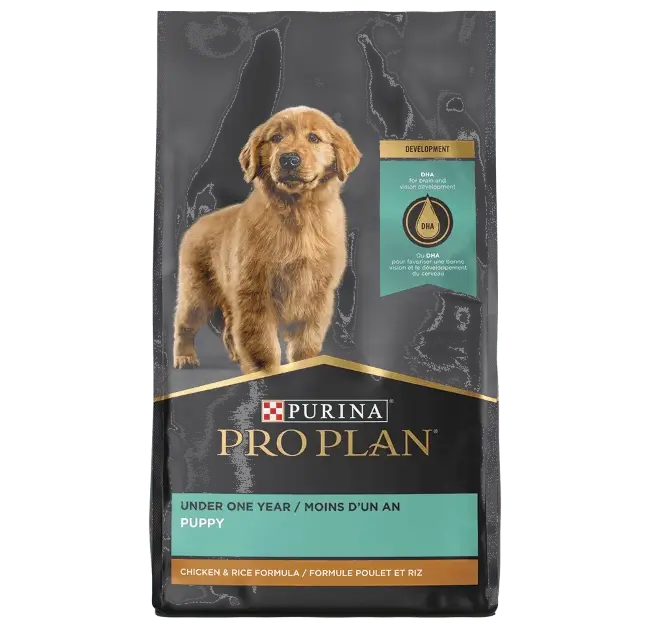Can Dry Dog Food Go Bad For My Cavapoo?

As responsible pet owners, we strive to provide the best for our Cavapoos, and that includes their diet.
Dry dog food is a popular choice due to its convenience and long shelf life.
But if you are like me then you have probably been wondering, “Can Dry Dog Food Go Bad?”
Yes, dry dog food can go bad if not stored properly or if the food has expired. Bad dog food can seriously harm your dog and make them sick.
This article will delve into the shelf life of dry dog food, signs of spoilage, and best practices for storage.
Dry dog food, like any other food product, can indeed go stale or bad.
Although it’s processed and packaged to last, it doesn’t mean it’s impervious to spoilage.
The freshness of dry dog food is affected by various factors, including storage conditions and exposure to air.
Once the bag is opened, the food begins to react with the environment, leading to potential staleness and spoilage.
It’s also worth noting that while dry dog food has a “best by” or “use by” date printed on the packaging, this date refers to the unopened product stored under ideal conditions.
Once the bag is opened, or if it’s stored improperly, the food can go bad much sooner than the indicated date.
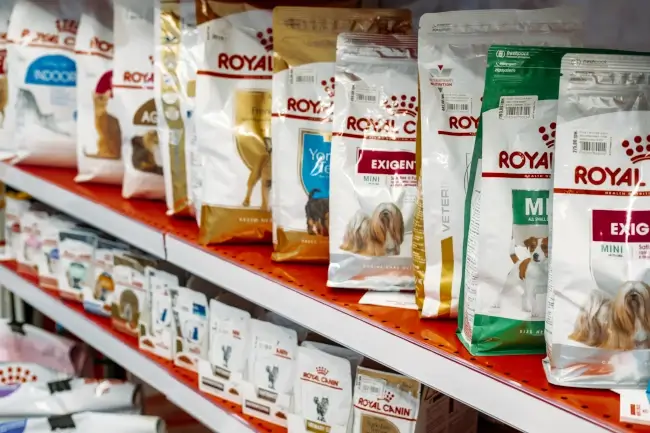
Shelf Life of Dry Dog Food
The shelf life of dry dog food varies depending on whether the bag is opened or unopened.
Unopened dry dog food typically has a shelf life of around 12 to 18 months.
This longevity is due to the manufacturing process, which removes moisture and seals the food in an airtight bag.
Once the bag is opened, the shelf life decreases significantly.
Opened dry dog food should ideally be consumed within six weeks.
After this period, the food may start to lose its freshness and nutritional value, potentially impacting your Cavapoo’s health and enjoyment of their meals.
Factors Affecting the Freshness of Dry Dog Food
The freshness and quality of dry dog food are influenced by several factors, primarily related to storage conditions.
These include exposure to air, heat, and humidity, each of which can accelerate the spoilage process.
Exposure to Air
Once a bag of dry dog food is opened, the food inside is exposed to air.
This exposure initiates the process of oxidation, where the fats in the food react with oxygen.
Over time, this can lead to the fats becoming rancid, which not only alters the taste of the food but can also degrade its nutritional value.
Oxidation is a natural process, but it’s one that pet owners should aim to minimize to maintain the quality of their Cavapoo’s food.
Heat
Heat is another factor that can affect the freshness of dry dog food.
High temperatures can speed up the oxidation process, leading to faster spoilage.
Additionally, heat can cause the food to dry out further, altering its texture and making it less palatable to your Cavapoo.
For this reason, store dry dog food in a cool location away from direct sunlight or heat sources.
Humidity
Humidity, or the amount of moisture in the air, is a critical factor in the freshness of dry dog food.
In a humid environment, dry dog food can absorb moisture from the air.
This added moisture can promote the growth of mold and bacteria, which can be harmful if consumed.
Store dry dog food in a dry environment to prevent this.
The way the food is stored can also impact its freshness and suitability.
For example, storing dry dog food in a container that isn’t airtight can allow air, heat, and humidity to affect the food, leading to faster spoilage.
Similarly, storing the food in a location that’s accessible to pests can lead to contamination.
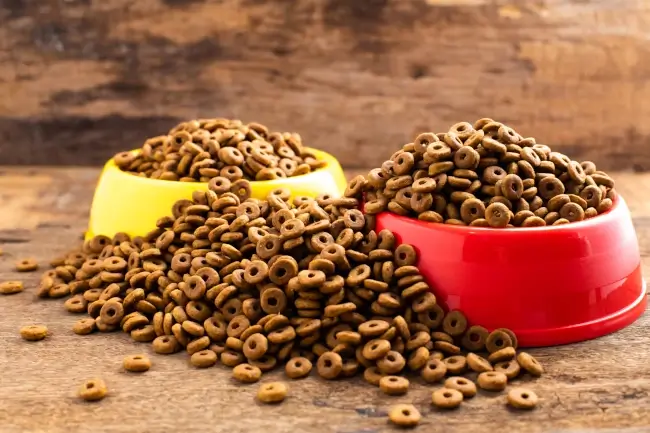
Signs of Spoiled Dry Dog Food
Recognizing the signs of spoiled dry dog food is essential to prevent health issues in your pet.
Physical Signs
Physical changes in the food can be a clear indication of spoilage.
These changes can include alterations in color, texture, and smell.
For instance, if the food has developed an unusually strong, rancid odor, the fats in the food have likely oxidized.
Similarly, if the food has changed color or if there’s visible mold, it’s a sign that the food has gone bad and should not be fed to your Cavapoo.
Changes in Your Cavapoo’s Behavior or Health
Your dog’s behavior can also provide clues about the quality of their food.
If your dog, who usually enjoys meal times, suddenly becomes hesitant or refuses to eat their food, it could be because the food has spoiled.
Dogs have a keen sense of smell and are often able to detect when something is off with their food.
In addition to changes in eating behavior, signs of gastrointestinal distress can also indicate that the food may be spoiled.
If your Cavapoo experiences symptoms such as vomiting, diarrhea, or loss of appetite after eating, it could be a reaction to spoiled food.
In such cases, it’s crucial to consult with a veterinarian to ensure your pet receives appropriate care.
Changes in the Food’s Packaging
The condition of the food’s packaging can also provide hints about the food’s freshness.
If a bag of dry dog food is bloated or has holes, it could mean that the food inside is spoiled.
A bloated bag can indicate the presence of gas-producing bacteria, while holes could mean that pests have gotten into the food.
Being vigilant about the signs of spoiled dry dog food is important for your pet’s health.
If you notice any of these signs, it’s best to discard the food and replace it with a fresh batch.
Remember, when it comes to your Cavapoo’s health, it’s always better to be safe than sorry.
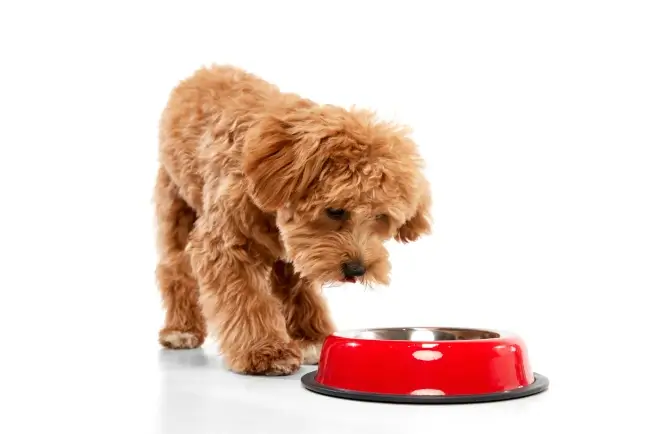
Impact on Nutritional Value and Flavor
Staleness and spoilage don’t just affect the safety of dry dog food; they also impact its nutritional value and flavor.
Nutritional Value
Dry dog food is packed with essential nutrients that your dog needs for a balanced diet.
However, when the food goes stale or spoils, these nutrients can degrade.
For instance, the oxidation process that occurs when food is exposed to air can lead to the degradation of certain vitamins, such as Vitamin A and Vitamin E.
These vitamins are antioxidants that play an important role in your dog’s health, contributing to a healthy immune system and good vision.
Similarly, the fats in dry dog food, which provide a significant portion of the energy content, can become rancid through oxidation.
Rancid fats not only lose their nutritional value but can also produce harmful compounds.
Flavor
The flavor of dry dog food is another aspect that can be affected by staleness and spoilage.
Dogs have a keen sense of smell and taste, and changes in the flavor of their food can affect their willingness to eat it.
When dry dog food goes stale, it can develop a stale or rancid taste.
This change in flavor can make the food less palatable to your dog.
In some cases, dogs may refuse to eat the stale food altogether.
If the food has been contaminated by mold or bacteria, it can develop off-flavors that are unpleasant or even harmful to your dog.
Potential Risks of Feeding Expired or Spoiled Dry Dog Food
Feeding your dog expired or spoiled dry dog food carries significant health risks.
Health Risks for Cavapoos
The consumption of spoiled food can lead to foodborne illnesses in dogs, just as it can in humans.
These illnesses are often caused by harmful bacteria or molds that have grown on the food.
Symptoms can range from mild to severe and may include vomiting, diarrhea, loss of appetite, lethargy, and in severe cases, neurological issues or organ damage.
In addition to immediate health issues, feeding your dog spoiled food can also have long-term effects.
The consumption of rancid fats can lead to chronic health issues, such as pancreatitis, heart disease, and certain types of cancer.
This is due to the harmful compounds produced during the oxidation of fats.
Expired Dry Dog Food and Dog Sickness
Even if the food doesn’t show visible signs of spoilage, it may still be unsafe for your dog to consume.
Aflatoxins, which are toxins produced by certain types of molds, can contaminate dog food and are not always visible to the naked eye.
Aflatoxins are highly toxic and can cause serious illness in dogs, including liver damage.
Feeding your dog expired or spoiled dry dog food can pose significant health risks.
It’s essential to check the freshness of your dog’s food regularly and to store it properly to prevent spoilage.
If you suspect your dog has consumed spoiled food and is showing signs of illness, seek veterinary care immediately.
IRIS USA 25Lbs./33Qt. WeatherPro Airtight Pet Food Storage Container
Lock in the freshness of dry food and delicious treats by sealing away moisture and humidity.
Preventing Contamination
Contamination of dry dog food can occur in various ways, including pest infestation and mold or bacteria growth.
Keeping Pests Away
To prevent pest infestation, store your dog food in a cool, dry place and use airtight containers.
This not only keeps pests out but also maintains the freshness of the food.
Preventing Mold and Bacteria Growth
Mold and bacteria thrive in moist environments.
To prevent their growth, avoid storing dog food in humid areas and never mix old food with new food as this can transfer mold spores.
How to Properly Store Dry Dog Food
Proper storage of dry dog food is key to maintaining its freshness and nutritional value.
By following best practices for storage, you can extend the shelf life of the food and ensure it remains safe for your Cavapoo to eat.
Best Practices for Storing Dry Dog Food
Once a bag of dry dog food is opened, it’s essential to store it correctly to prevent spoilage.
- Use an Airtight Container: Transfer the food to an airtight container as soon as you open the bag. This will help to prevent exposure to air, which can lead to oxidation and rancidity. Airtight containers also protect the food from pests and humidity.
- Keep in a Cool, Dry Place: Store the container in a cool, dry place, away from direct sunlight. High temperatures can accelerate the oxidation process, while humidity can introduce moisture, promoting mold growth.
- Don’t Mix Old and New Food: When you get a new bag of food, avoid adding it to the old food in the container. This can lead to cross-contamination and can also make it difficult to track the freshness of the food.
- Wash the Container Regularly: Over time, oils from the food can build up on the sides of the container, which can become rancid and contaminate the fresh food. To prevent this, wash the container thoroughly before adding new food.
The Role of Airtight Containers
Airtight containers play a crucial role in maintaining the freshness of dry dog food.
No pests will be able to get to the food and the food will not be at risk of being exposed to moisture,
Proper storage is key to keeping your Cavapoo’s food safe for them to eat.
Conclusion
While dry dog food is designed to have a long shelf life, it can go bad if not properly stored.
By understanding the signs of spoilage and implementing proper storage practices, you can ensure your dog enjoys fresh, nutritious meals every time.
Keep an eye on expiry dates as well.
Your Cavapoo’s health and well-being are worth the extra effort.


